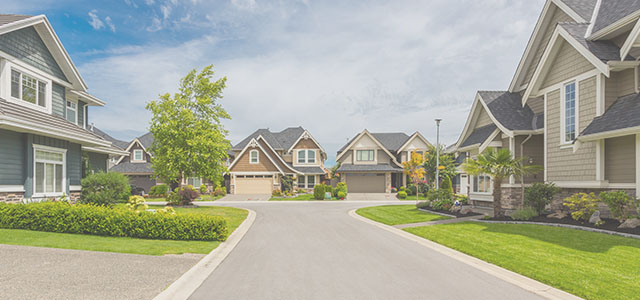In this article:

Whether you’re buying for capital growth or rental return, think of ‘location’ as the Ace card. Location and demand go hand-in-hand, which means you’ll need to be savvy about where you pick if you want to drive capital growth and maintain a good tenant occupancy rate.
Dig deep into your research. Look beyond statistics like how the property is performing currently and get out from behind your computer to discover with your own eyes what the location is really like.
Use these tips to make informed location choices.
Liveability
Look at any home for sale advert from a real estate, and you’ll see mention of how close it is to public transport links, local shops, cafes and schools. Its proximity to the CBD or a significant area of employment will also be listed because these are the types of conveniences that people look for in a home.
Change & growth
Areas with signs of growth and planned infrastructure spell good news for property prices. Check with the local council to find out what’s in the pipeline, including new construction or additional work for sports complexes, schools, road upgrades and parks.
Take a drive to the suburb and look for a buzz of activity with people visiting open houses, or new homes replacing industrial space. The suburb will be bustling with lower vacancy rates so you won’t see many empty properties.
If home renovations are visible, this is a sign the area is entry-level affordable and desirable for first home buyers moving into the market. Competition to buy and live in the suburb will drive prices up.
Research, research
Comprehensive online research is vital for gathering statistics on rental yield, rental vacancy rates, demand from buyers (number of sales) and a history of capital growth. Also, look at census stats for signs that young professional couples with good incomes are living in the area. Your location needs to be performing well for these criteria for you to even consider adding it to your shortlist.
Where possible, back this up with in-person visits to give you a feel for factors you can’t research online like traffic noise, crime and general vibe. Be aware that open homes are often scheduled for the time of day that puts the property in the best light, so visit the neighbourhood at different times of the day and night.
The right pocket
Every suburb has its preferred pocket – areas that offer better amenities, are cleaner, tidier, quieter, prettier.
Don’t breathe a huge sigh of relief when you find the right suburb and think your search has ended there. Every suburb has its preferred pocket – areas that offer better amenities, are cleaner, tidier, quieter, prettier. Ask estate agents and property managers to point out these pockets. Back this up with a personal straw poll of locals living in and around these areas.
It’s in this pocket that you want to buy because this is the area that buyers and renters also favour.
Lastly, knowing your budget before you start house-hunting will save a lot of wasted time. Talk to your local Yellow Brick Road mortgage broker about getting home loan pre-approval to help you narrow down the locations in which you can afford to buy.
If you’ve identified a growth suburb but can’t afford it, look to surrounding suburbs. Over time, capital growth tends to ripple out to these next or near suburbs. Remember property is a long-term game, so set your location radar for five or ten years in advance.

 Contact Us
Contact Us Find a Broker
Find a Broker